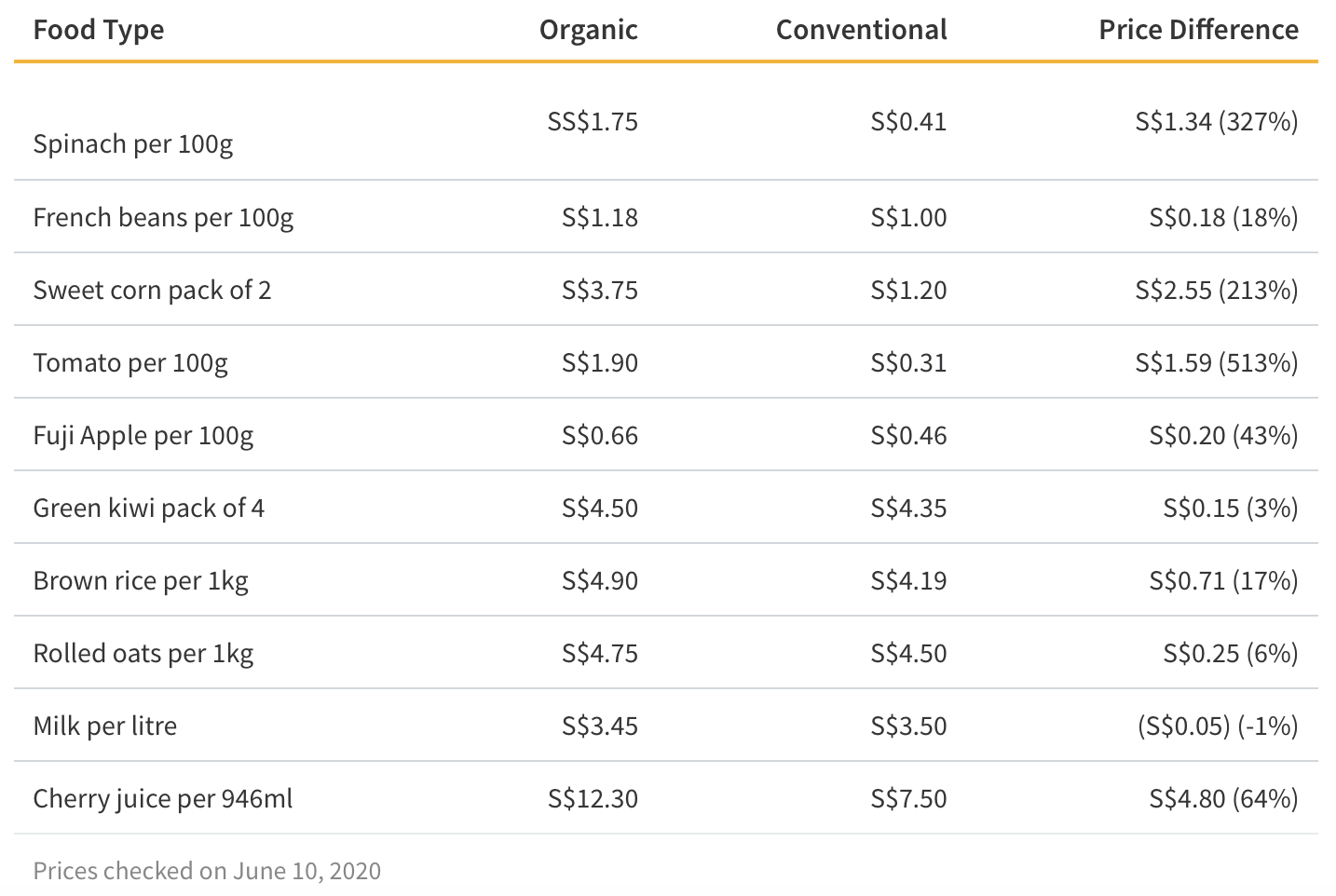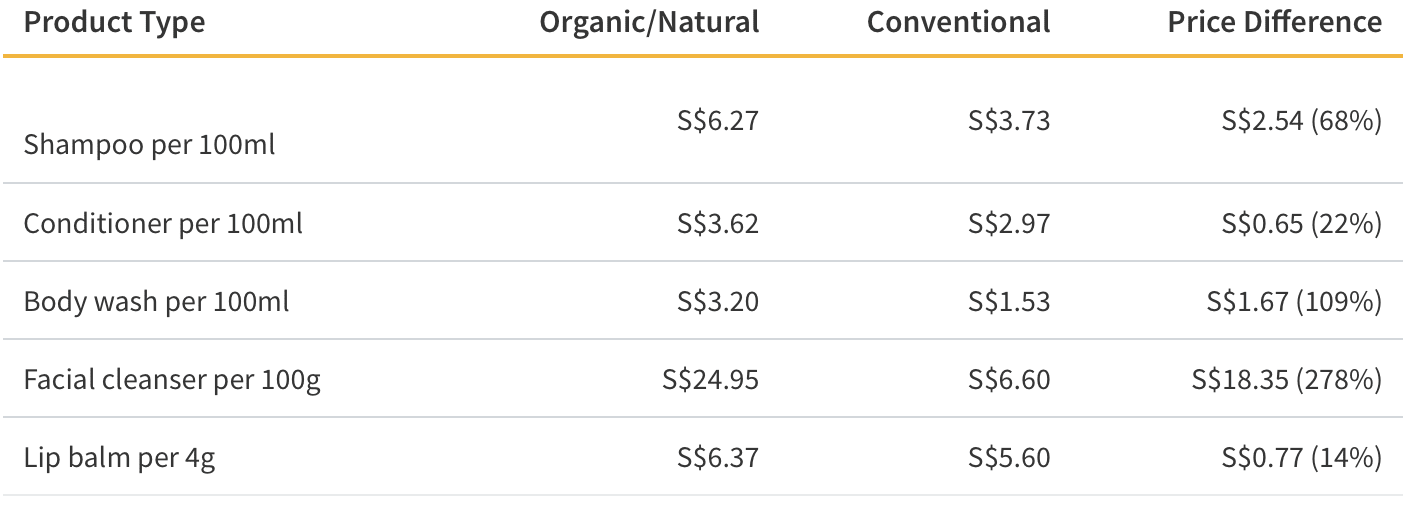How to Choose Between Organic & Conventional Products
The demand for organic foods and natural products has been on the rise for a while now. Global demand for organic food reached 132 billion USD in 2018, up from $25 billion in 2000. There are also projections indicating that the global demand for natural and organic personal care products will increase exponentially in the coming years. For example, some researchers expect the natural cosmetics sector to grow to 75.8 billion USD by 2027 ($48 billion in 2018). Therefore, it is not hard to imagine how the organic market will continue to grow with more people advocating pro-organic policies and eco-friendly products. But how much more do organic products cost? And are they worth it?
The Benefits of Consuming Organic Products
Why is there such great demand for organic products? First of all, consumers have become more aware of the health and environmental issues surrounding conventional food systems. For example, conventional (non-organic) farms typically use chemicals that are known to be harmful to human health as well as the environment near the farm. With that said, what health benefits do organic food and natural products offer, and how much do they cost?
Benefits of Organic Food
What constitutes organic food can vary across regions. However, what is certain is that organic produce is usually free from harmful artificial pesticides, genetic modifications or petroleum-based fertilizers. Even for meat and dairy products, animals must be raised on organic feeds and are typically not fed growth hormones. The upsides of organic food are the higher level of antioxidants and nutrients than the non-organic variety. Consuming organic food also reduces health risks that can be caused by artificial chemicals and hormones. According to Mayo Clinic, other potential benefits of consuming organic foods include a higher level of Omega-3 fatty acids, reduced toxic metal in organic grains, and lower occurrence of antibiotic-resistant strains of bacteria. If you are new to the organic label, note that ‘organic and 'natural' are not the same. In general, the 'natural' label for food means no artificial colouring, flavours or preservatives, it does not immediately represent that organic ingredients are used to produce the product.
Benefits of Other Organic & Natural Products
Like organic foods, natural personal care products are gaining traction because consumers are becoming conscientious of each product's ingredients, production process and environmental impact. This increased interest from consumers has generated awareness about critical issues such as the impact of harmful chemicals to our body and animal testing used in conventional personal care products, and consequently paved the way for the natural and organic personal care products market. Organic and natural products are derived from plants and natural ingredients. They are typically less harmful to the body when absorbed into the body through the skin. They can also be better for human skin because they do not use harsh chemicals to modify the skin texture, but instead utilise natural ingredients that blend easily to the membrane. Some conventional products may produce quick results, but they may use invasive ingredients that can cause harm in the long run. It is widely known that what goes on our skin can quickly be absorbed into the bloodstream. Depending on the substance, this can lead to detrimental health effects. Therefore, it is important to at least learn about the ingredients and active chemicals in your personal products.
Cost Comparison: Organic vs. Conventional
Most consumers are aware that organic products tend to be a bit more expensive. But how much more will you have to pay for organic products? To find out how much more costly they are, we compared prices from NTUC Fair Price.
Cost of Conventional & Organic Foods

We found that the price difference between organic vegetables can be 5 times higher than conventional ones, but that the price gap reduces significantly when we compare fruits, grains, and dairy products. For example, organic rolled oats are merely 6% more and we found that organic milk can be cheaper than conventional milk. While it is true that organic foods are pricier, it is still possible to find affordable options. You can also decrease your grocery expenditures by as much as 8%, simply by shopping with the right credit card. Keep in mind that these prices are just examples, and that you may be able to find cheaper organic foods at your local grocery store.
Cost of Conventional & Organic Cosmetics

Our research suggests that the prices of organic/natural personal products can be as little as 14% more expensive, to nearly three times more expensive, compared to conventional ones. The stringent production process and ingredients used in natural products might have pushed the prices higher, but considering these products are used daily and can directly impact our well being, the increased cost may be worth it to some consumers.
Going for the Healthier Choice
The organic and natural choices are often pricier, but the quality and environmental impact are well worth the price tags for some. While the health benefits are not always definitive, If you are new to the world of organic products, we recommend researching the benefits of organic products that interest you. For more budgeting and personal finance tips, check out ValueChampion's free guides.
